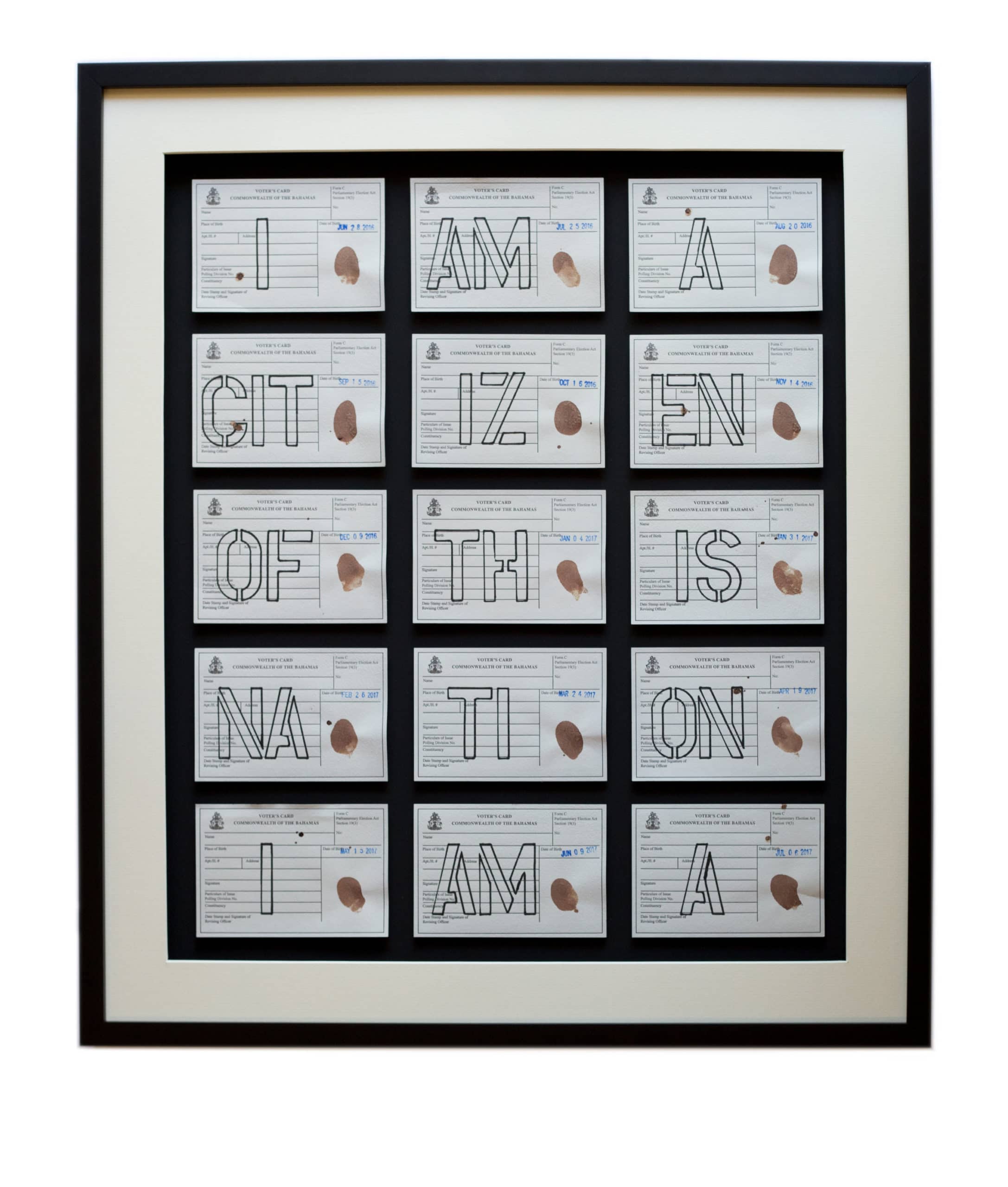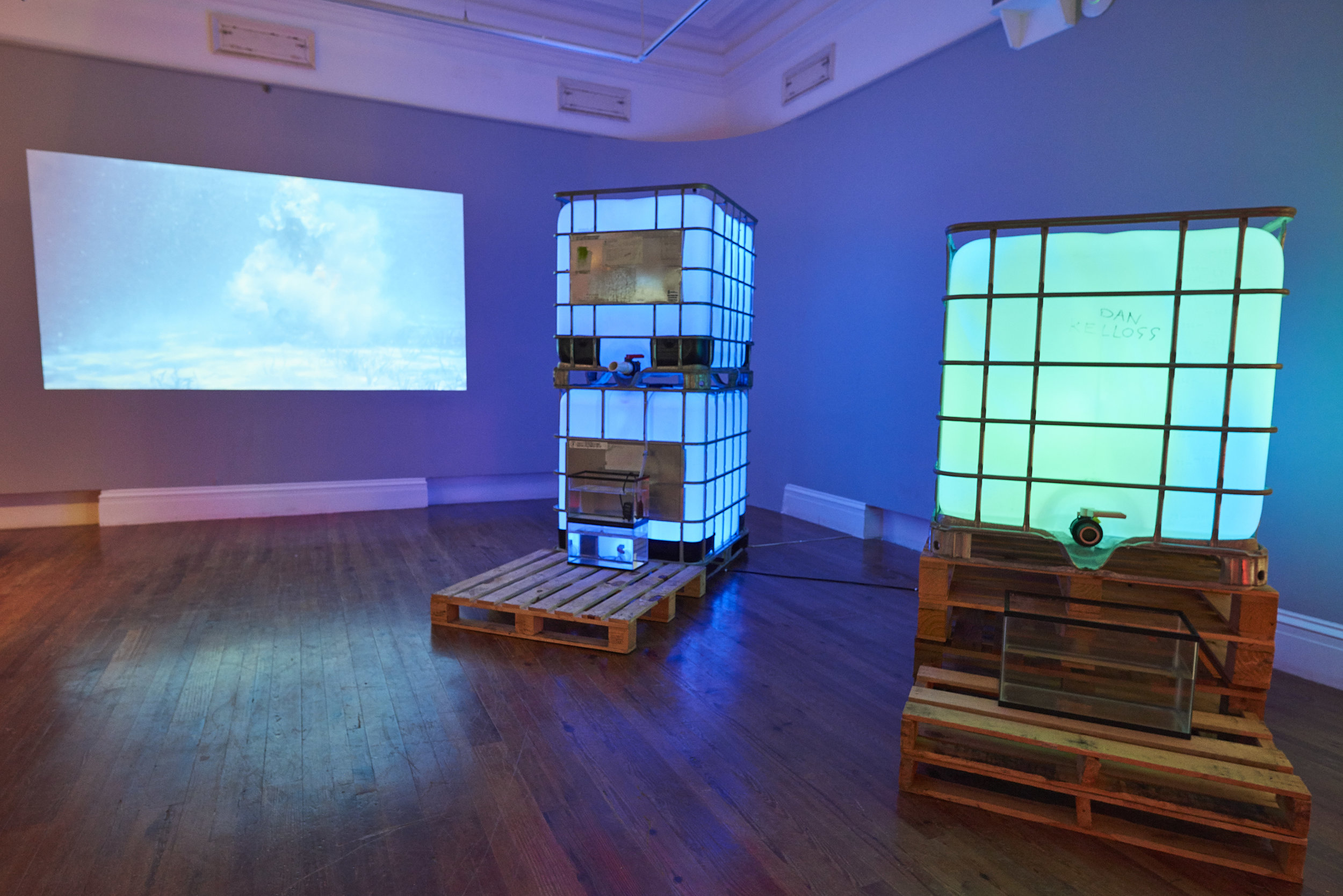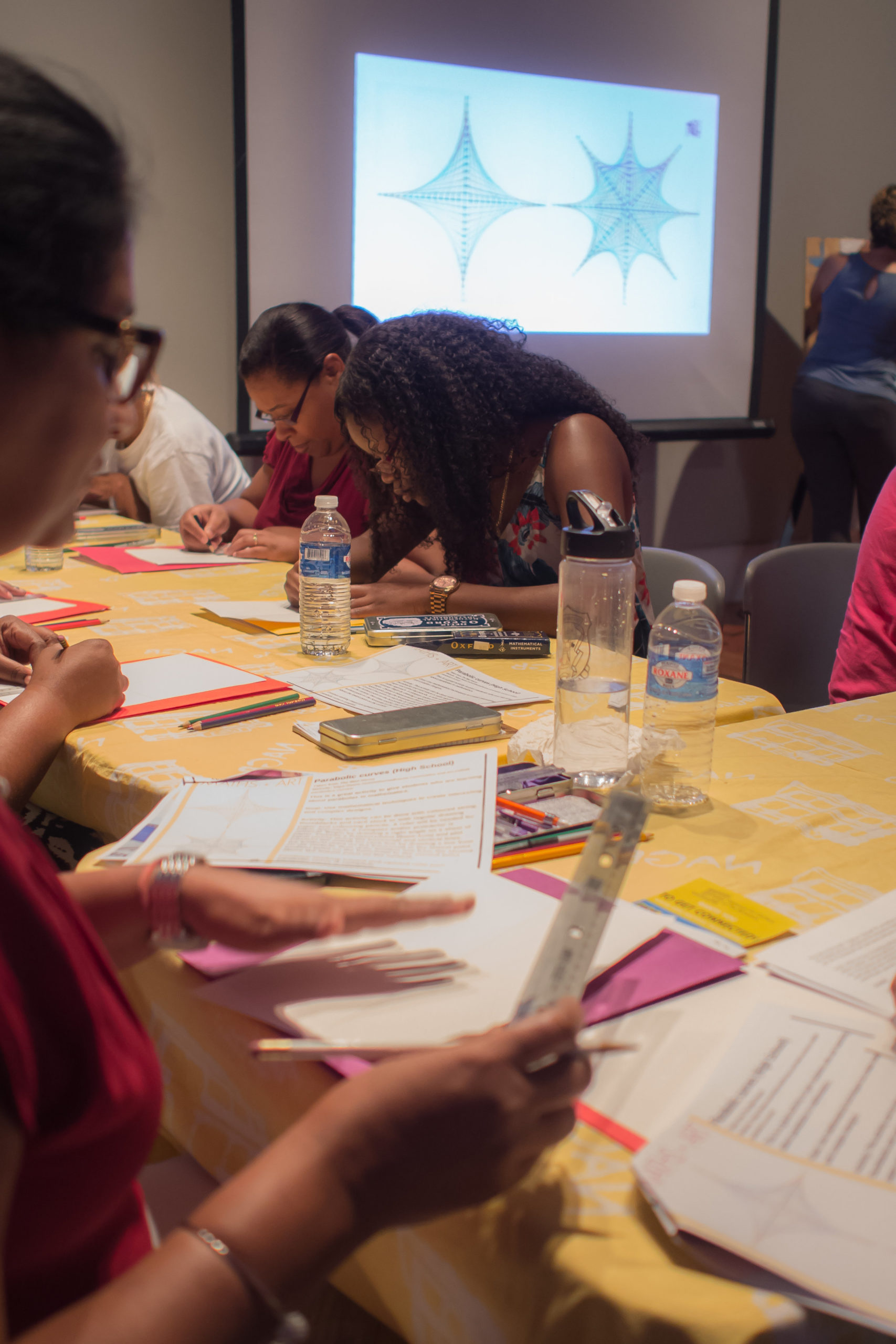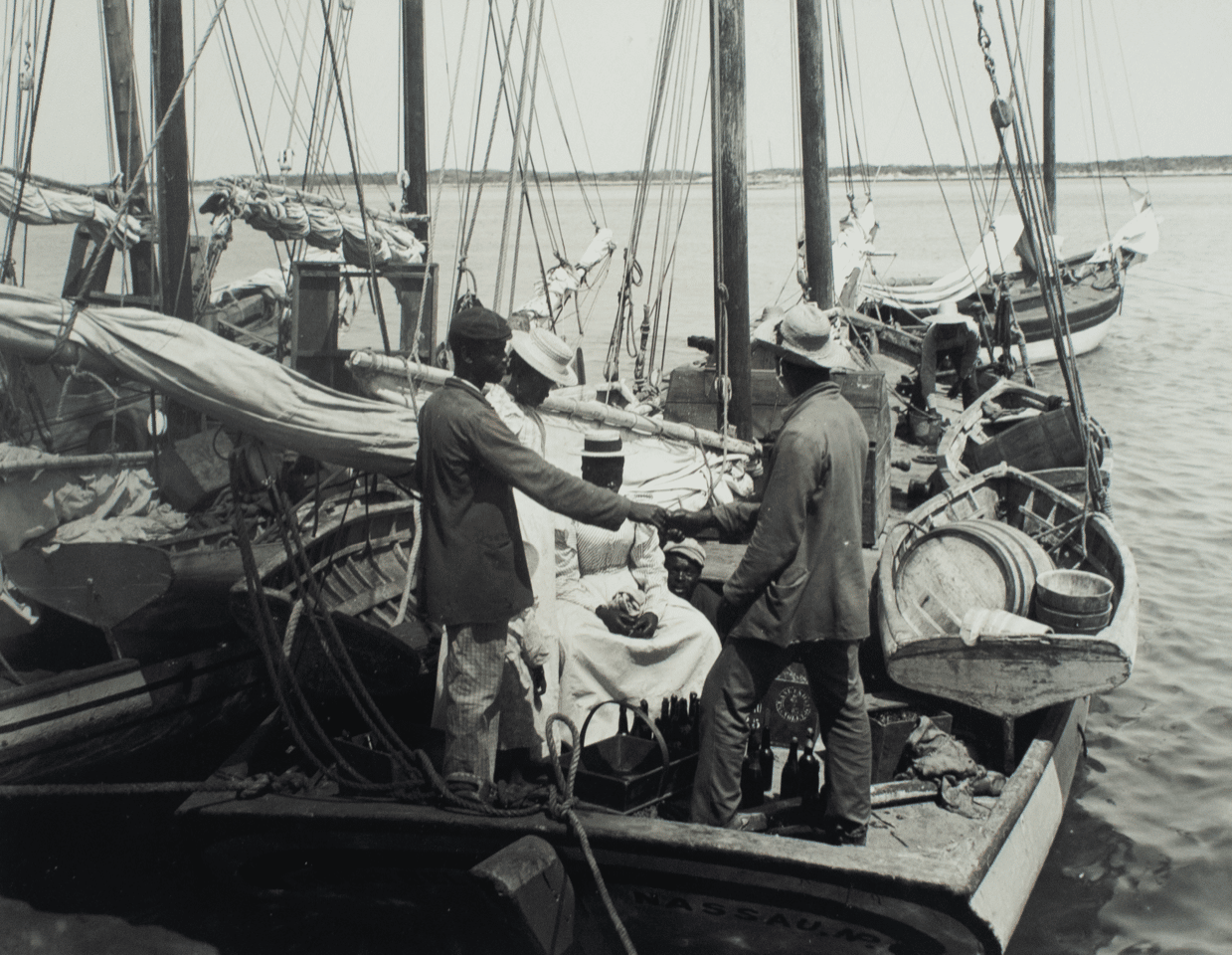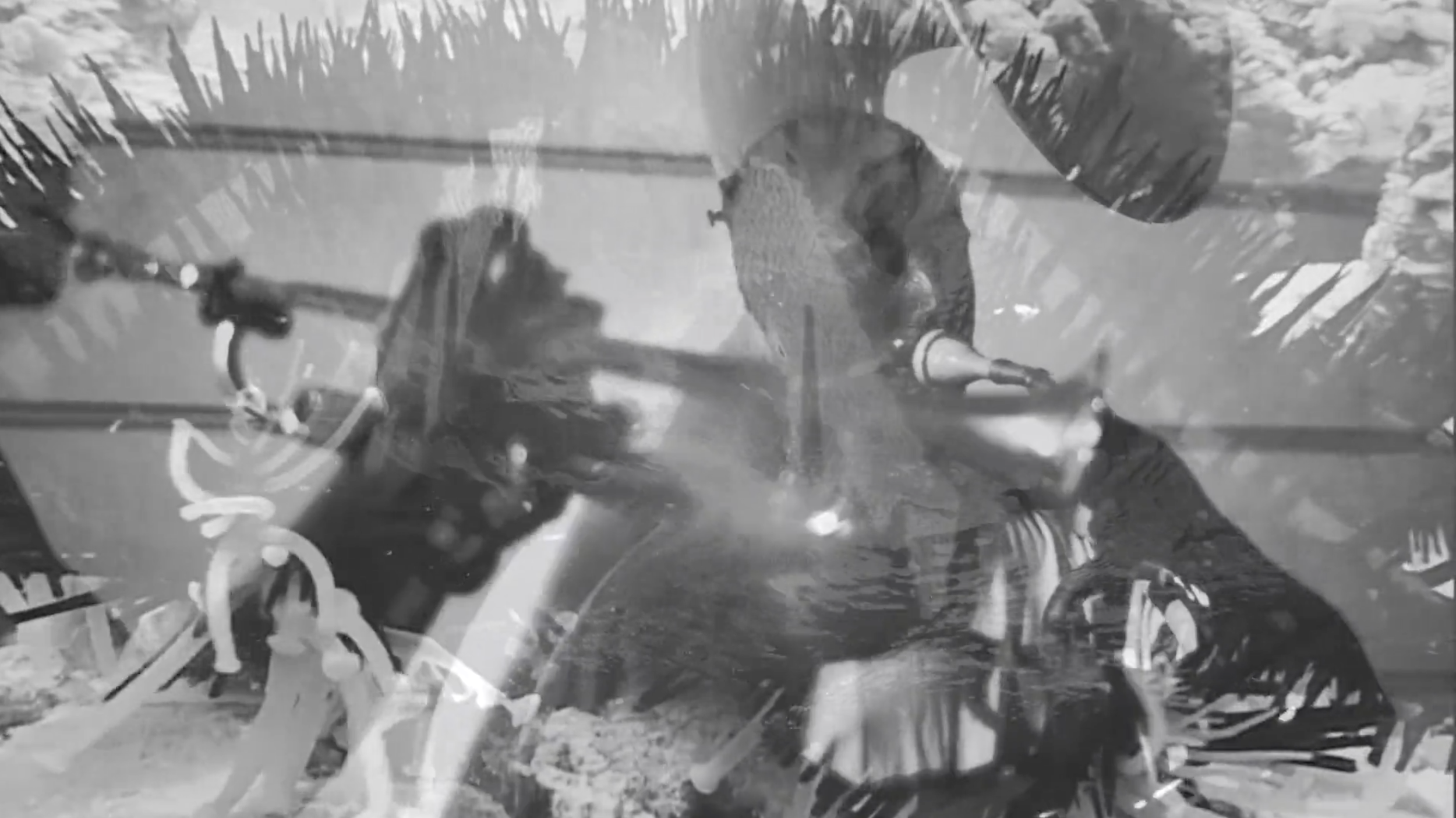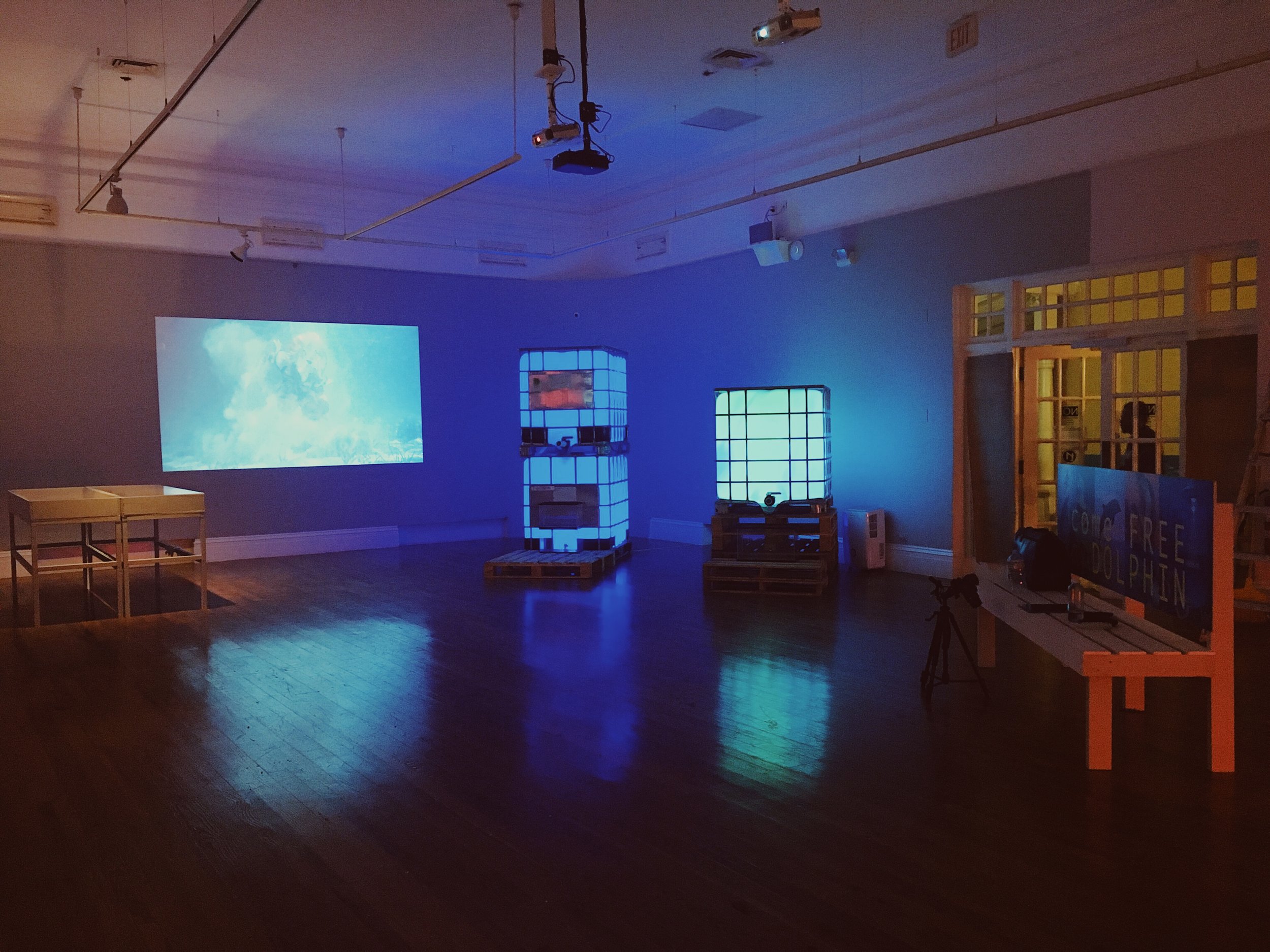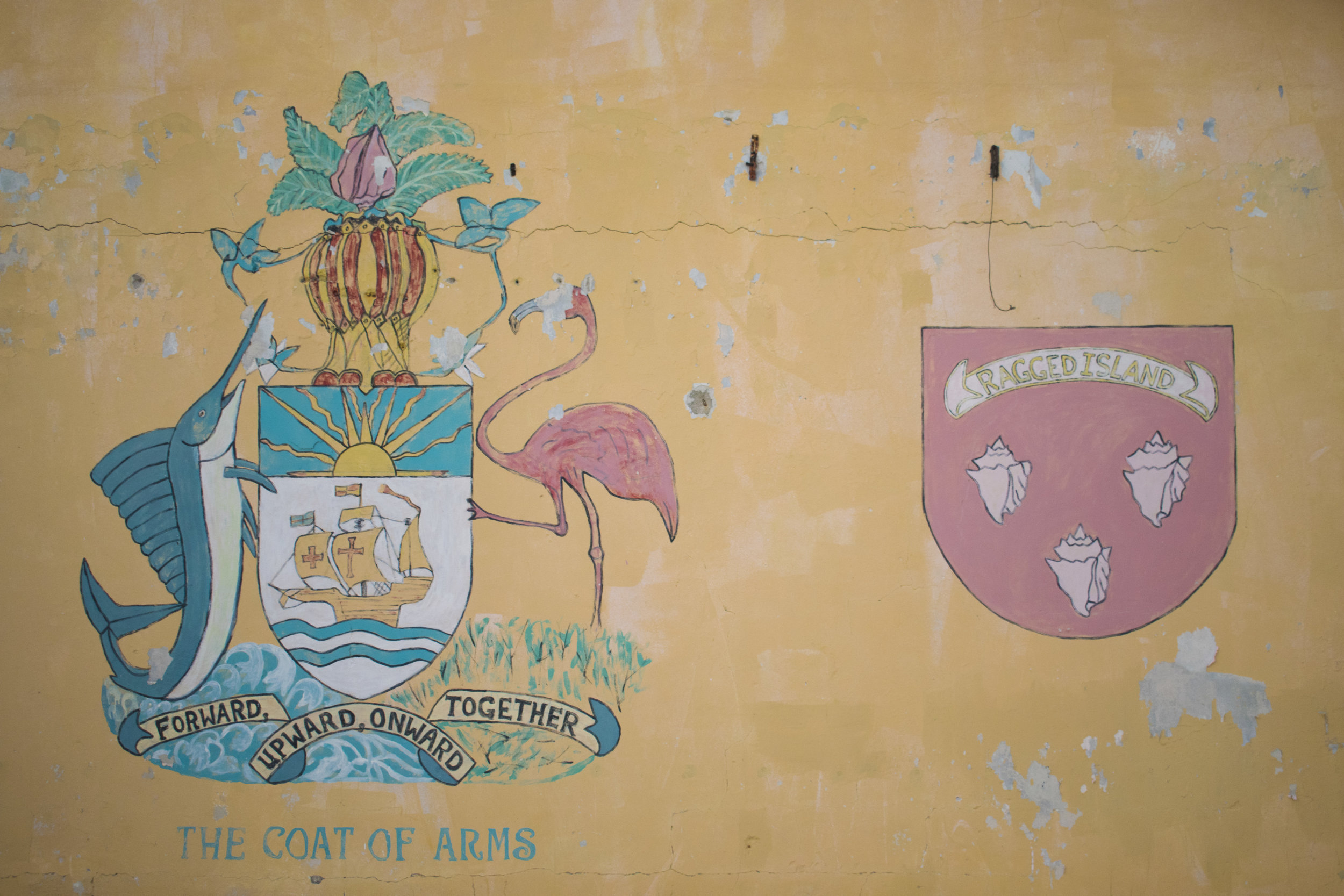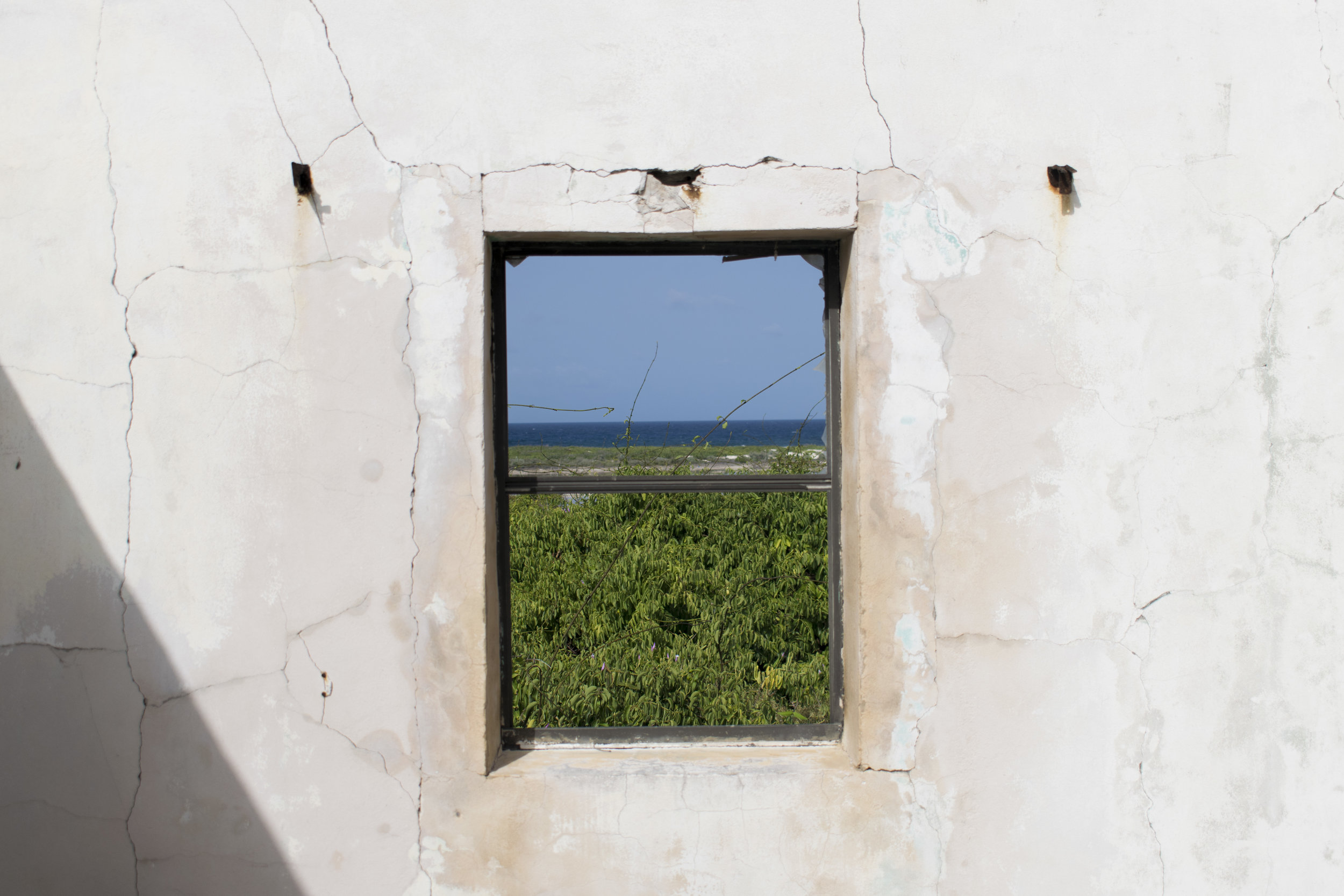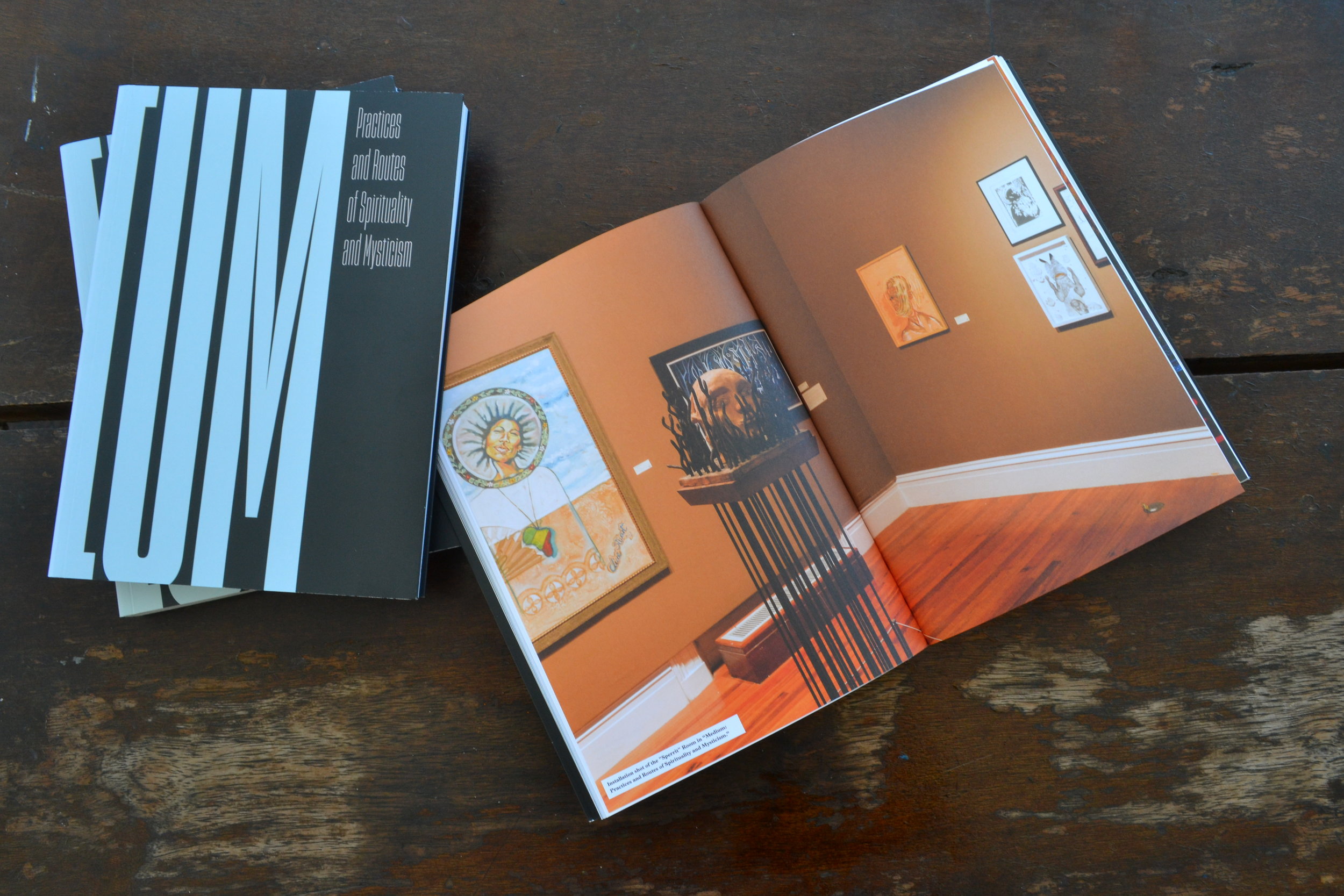By Natalie Willis. How does a referendum asking for men and women to be able to both gain rights in passing on citizenship, visibly backed by the government, still manage to fail? And what do we do in the aftermath? Sonia Farmer’s “Cycle of Abuse” (2017) is a paper work, but it is also time based, and the language employed is more than an exclamation, it is social commentary. She declares her status as a Bahamian citizen via text, and as a cisgendered woman she declares her womanhood through the monthly marking of blood upon these ballots. The blood represents not just her femininity and the rights denied her as a Bahamian woman, but also as a symbol of the various ways that violence is continued against women in this country.
All posts by Natalie Willis
The Art of Living in the Tropics, Part Three: Silence
By Dr Ian Bethell-Bennett, The University of The Bahamas. Culture is the art of living in a place that speaks of experiences, adaptation and resilience. Culture is the unique expression of spatial and temporal identity or vice versa where a people perform life based on their history and geography. As people are increasingly marginalised through the expansion of capitalist desire into the tropics, the art of living there shifts from a national or an indigenous-peoples-based art to art of magazines and design. How do these things meet so that peoples and their cultures can thrive alongside gated out-sourced post-nationalist communities?
Teachers’ Seminar at the NAGB jump-starts the new school year
By Katrina Cartwright. Public School Math Teachers spend some time at the NAGB. The education department at the National Art Gallery of The Bahamas fittingly began the new school year with a Teachers’ Seminar on August 21st -23rd that focused on teaching math through art and utilising the museum’s resources to enhance student learning. Over 65 junior high and high school math teachers from the public school system were in attendance as a part of their yearly summer professional development seminar.
The daily five-hour seminar incorporated a tour of the museum’s current Permanent Exhibition “Hard Mouth: From the Tongue of the Ocean,” a presentation on the techniques that can be used to integrate art and math and a series of activities that guided teachers through the various ways that the arts can be used to engage students in learning math. Each day ended with groups of teachers working together to formulate ideas that incorporated visual art into lessons that focused on a particular math topic.
From the Collection: “Untitled (Boat Scene)” (c.1920) by James “Doc” Sands
By Natalie Willis
One would imagine this a typical scene along the Nassau coastline in the 1920s, as so much of our history – painful or profitable – was tied to the sea’s comings and goings. “Doc” Sands gives us what appears to be commonplace, but when we situate this image in the context of its time, and in our broader Bahamian history, things begin to take an exciting turn. Bottles and barrels that appeared to be ordinary fare now begin to remind us of prohibition and bootlegging, and the men shaking hands could very well be in the middle of a handoff. Of course, much of the imagery photographed at this time was staged out of necessity – things needed to be reasonably still for a prolonged time for the image to be taken appropriately. Was Sands staging this image of prohibition and illicit-alcohol Nassau at its roaring start?
James Osborne “Doc” Sands was born in 1885 in Rock Sound, Eleuthera, and is noted one of the first Bahamian photographers. The second of six children, his parents moved him to Nassau for what they felt to be a better education, and at age 18 he was handed over the photo studio of his mentor, American photographer Jacob Frank Coonley. Coonley and his contemporary William Henry Jackson (also American) were well known for their work, and now historically for their contributions to building and framing the picturesque, tropical images of The Bahamas at the start of its tourism industry, and Sands took up the mantle at a somewhat tender age.
NAGB Summer Camp comes to a close: Campers proudly show their work at the MMASC exhibition
“When the Lionfish Came”: Tamika Galanis gives voice to the people of the reef amid dangerously rising tides
By Natalie Willis. In Adelaide, there is a bell that has been ringing for at least a hundred years, but closer to two. Events, hurricanes, births and deaths, are all marked by the chime, and the proud denizens of this historic community for freed Blacks have, for generations, found themselves answering to its call. However, Tamika Galanis’ film, “When The Lionfish Came” (2015) is not a church bell…
It is an alarm.
Double Dutch “Hot Water” Opens!: Climate change, Ragged Island and vulnerable ecologies explored.
By Holly Bynoe. The “Double Dutch” series supports the concept of bringing together local and regional artists, irrespective of where they are currently residing, to work with a group of ideas personal, political and otherwise crucial to the development of a contemporary Bahamian identity. These artists and collectives are often divided linguistically and geographically but are united by common historical, economic or practice-based conditions. For this reason, the National Art Gallery of The Bahamas (NAGB) pilot project attempts to create and maintain ties throughout the Caribbean and its more extensive diaspora.
The art of living in the tropics. Part II: Hand come, hand go
By Dr Ian Bethell-Bennett, The University of The Bahamas. Exuma blue recedes into Ragged Island sargasso and green. Sole inhabitant of Buena Vista Cay, Edward Lockhart, a reminder of Hemingway’s Old Man and The Sea (1952) has pulled up alongside and tied his boat to the MV Captain C and now stands with the others on the deck. Sun pounds down as the heat of living in the tropics feels much hotter than it has in forever. Art is always somewhat less strange than life, as stories come and go and fight to retain their place in a global village quickly being overtaken by overwriting of colour-blindness and leadership that throws women and minorities and their voices under the bus. Ironically, there is this romantic notion about “going back to the island”, it will all be better there, by and by. The irony is that hidden in this discourse of nostalgia for the island, is an erasure of the same island we long for.
Rebirth: Field Notes on Loss and Belonging
Accept that people, like weather, can change. That after disaster flattens everything bare, a community can come together, start over, and become something even better.
The NAGB wins awards for exhibition catalogues: Pushing design forward
By Holly Bynoe. The National Art Gallery of The Bahamas (NAGB) was recently awarded three awards for the production and design of two catalogues for its 2017-2018 exhibitions, namely the retrospective catalogue for “Thierry Lamare: Love, Loss and Life” and the collective showcase “Medium: Practices and Routes of Spirituality and Mysticism” which closed earlier in the year. At the NAGB we have the unique opportunity to create a container of research and curiosity to support the life and dissemination of works that live for a much longer time than exhibitions. With this we have an opportunity to use our resources in powerful ways to inspire and share the wealth of Bahamian visual art.
